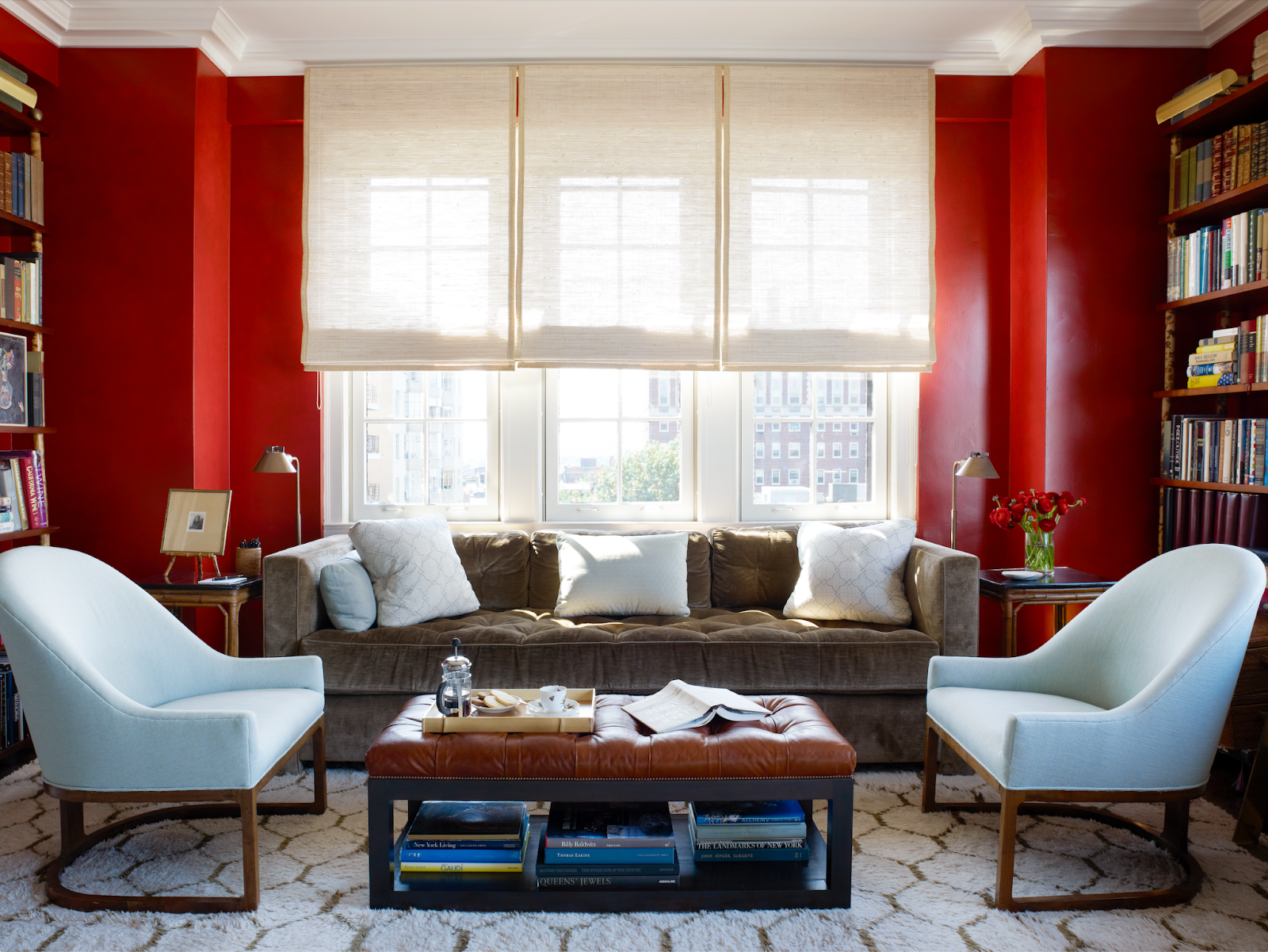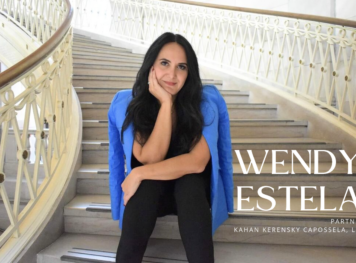
Designer: Tom Scheerer; more details below.
By Carl J. Dellatore

The à la mode “quiet luxury” trend in fashion emphasizes understated elegance, high-quality materials and impeccable craftsmanship without relying on overt logos or flashy designs; it focuses on the essence of luxury, prioritizing timeless pieces that exude sophistication and subtlety rather than loud, attention-grabbing elements. It caters to those who appreciate refinement and exclusivity without the need to broadcast their status through conspicuous branding.
Typical characteristics of quiet luxury include premium fabrics like cashmere, fine wool, raw silk, meticulous tailoring and classic, versatile designs. The color palette tends to be neutral, featuring shades like beige, black, navy and white, contributing to these garments’ timeless appeal. Brands that embody quiet luxury—The Row, Loro Piana, Jill Sander, Bruno Cucinelli—often have a rich heritage and reputation for exceptional quality and longevity.
This approach to luxury is favored by consumers who value discretion and seek a wardrobe that speaks volumes about their taste and sophistication without the need for overt signals. It represents a shift toward a more sustainable and thoughtful consumption pattern, focusing on fewer but better pieces that stand the test of time in style and durability. Quiet luxury is about making a statement through simplicity, quality and elegance.
From my perspective, the quiet luxury fashion trend has influenced interior design in recent years, bringing a similar ethos of understated elegance and high-quality craftsmanship into living spaces. Just as in fashion, quiet luxury in interior design emphasizes simplicity, timelessness and a focus on premium materials and refined details.

This trend manifests in interiors through natural materials like honed marble, hardwood and linen, to name a few, adding a sense of enduring quality and sophistication. Furniture pieces are often characterized by clean lines and impeccable construction, avoiding overly ornate or flashy designs. The color palettes frequently mirror quiet luxury fashion, with neutral tones like beige, gray and soft whites dominating the scene, creating a calming and serene environment.
The emphasis is on creating spaces that feel luxurious without being ostentatious. The overall aesthetic is one of restraint, where each item is chosen for its intrinsic value and contribution to the space’s harmony.
As a side note, this shift toward quiet luxury in interior design aligns with broader trends in sustainability and mindful consumption, as homeowners increasingly prefer fewer, better-made items that offer longevity and timeless appeal. Just as in fashion, it represents moving away from fast trends and toward a more thoughtful, enduring approach to luxury.
New York interior designer Tom Scheerer has always espoused an approach that speaks to the current moment. He shared this with me, “Luxury has always been synonymous with interior design. In fact, the quest for it is an utterly unavoidable aspect of our work. Clients seek designers because they want something superior to what’s typically available, and that specialness is generally thought to reside in rare or expensive furnishings and finishes.

“But as societal aspirations toward ever-increasing extravagance accelerated, our heritage of puritanical restraint in all matters of consumption—a heritage that has led to some beautiful design solutions—was overwhelmed.
“In the ‘90s and early 2000s, advertising and the media relentlessly promoted luxury that most Americans who hired a designer came to crave. They all seem to desire the same things: silks, velvets, fashionable art, marble-clad bathrooms and $10,000 kitchen ranges—not to mention architecture done on a grand scale with a spectacular amount of square footage.
“However, luxurious interiors can be conceived without using any of these elements. In fact, it would be an excellent exercise to design an indulgent house without them, and here’s why: If you avoid all the cliches bobbing around in the cultural soup, you’ll be forced to come up with your definition of luxury. If you can redefine luxury in your own terms, you will have clarified the essence of your personal style.”
I wholeheartedly agree with Tom. Taking it a step further, his challenge is an essential exercise. Because, as a designer, isn’t your personal style why clients hire you in the first place?
Stay updated on this series author, Carl Dellatore, by following his Instagram. About Carl Dellatore & Associates – provides designers, architects, and creatives with writing, editing, and copyediting services by an established team to effectively reveal your story.


